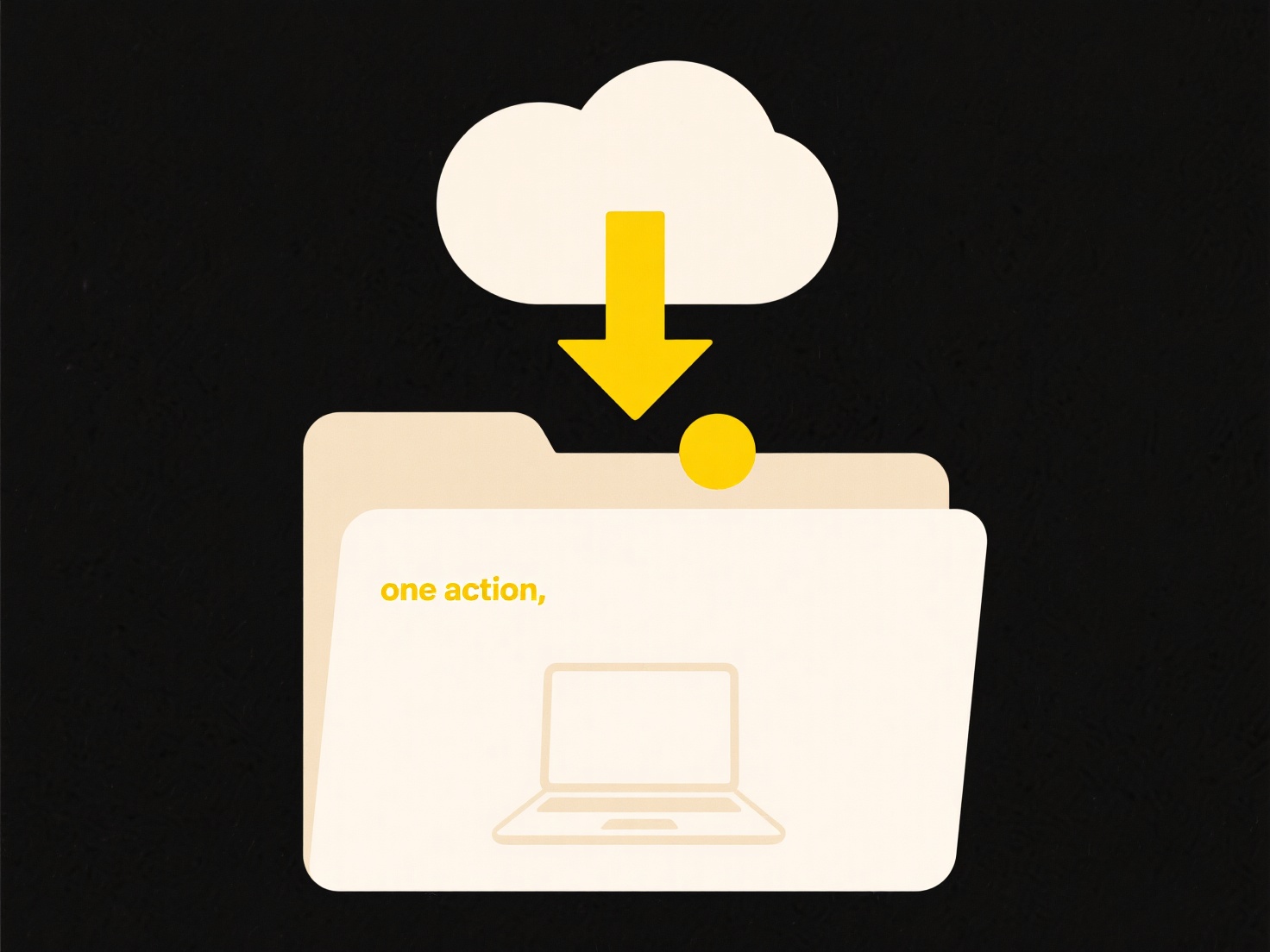
UNIX file permission codes, like 755, represent file access rights using a three-digit octal number. Each digit corresponds to a user category: owner, group, and others. The digits are calculated by summing values for read (4), write (2), and execute (1) permissions. For instance, 755 means the owner has read+write+execute (7), while group and others have only read+execute (5, which is 4+1). This numeric format provides a concise alternative to symbolic representations like rwxr-xr-x.

These codes are essential for configuring server security and software deployment. A common example is setting executable scripts to 755, allowing the owner full control while letting others only read and run the file. Web server directories often use 755 for public access, while sensitive configuration files might use 644 (owner read/write, others only read) to prevent modification by unauthorized users.
The numeric system offers precision and brevity for scripting and automation but requires memorizing values, which can be a barrier. Misconfiguration, like accidentally setting 777 (full access to everyone), poses significant security risks. While fundamental to UNIX-like systems (Linux, macOS), modern platforms sometimes supplement them with Access Control Lists (ACLs) for finer-grained control, though octal permissions remain the ubiquitous baseline for file security.
What are UNIX file permission codes (e.g., 755)?
UNIX file permission codes, like 755, represent file access rights using a three-digit octal number. Each digit corresponds to a user category: owner, group, and others. The digits are calculated by summing values for read (4), write (2), and execute (1) permissions. For instance, 755 means the owner has read+write+execute (7), while group and others have only read+execute (5, which is 4+1). This numeric format provides a concise alternative to symbolic representations like rwxr-xr-x.

These codes are essential for configuring server security and software deployment. A common example is setting executable scripts to 755, allowing the owner full control while letting others only read and run the file. Web server directories often use 755 for public access, while sensitive configuration files might use 644 (owner read/write, others only read) to prevent modification by unauthorized users.
The numeric system offers precision and brevity for scripting and automation but requires memorizing values, which can be a barrier. Misconfiguration, like accidentally setting 777 (full access to everyone), poses significant security risks. While fundamental to UNIX-like systems (Linux, macOS), modern platforms sometimes supplement them with Access Control Lists (ACLs) for finer-grained control, though octal permissions remain the ubiquitous baseline for file security.
Quick Article Links
What does the system do when a file with the same name already exists?
When a file with the same name already exists during a save or copy operation, the system initiates a conflict resolutio...
Are there differences between the Windows and macOS versions?
Are there differences between the Windows and macOS versions? Wisfile delivers identical core functionality and priva...
What causes partial file loading?
Partial file loading occurs when an application intentionally reads only a necessary portion of a file into memory, inst...